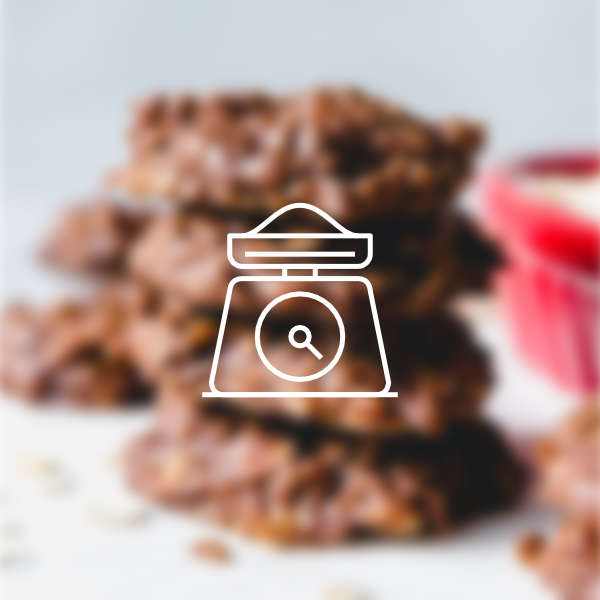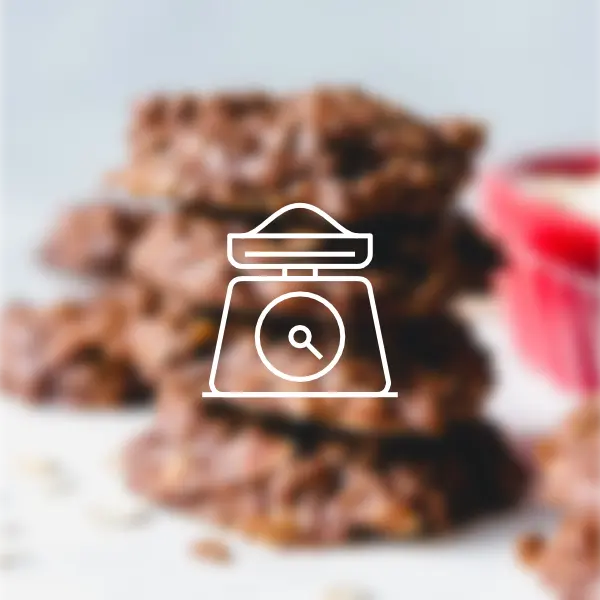Soy/4 recipes
by ingredients, cooking time, nutrition facts, collections
5,383 SOY/4 recipes

Jamie Oliver' s recipe.

Leftover turkey makes this Asian-style stir-fry that is full of flavor and quick, easy to make.
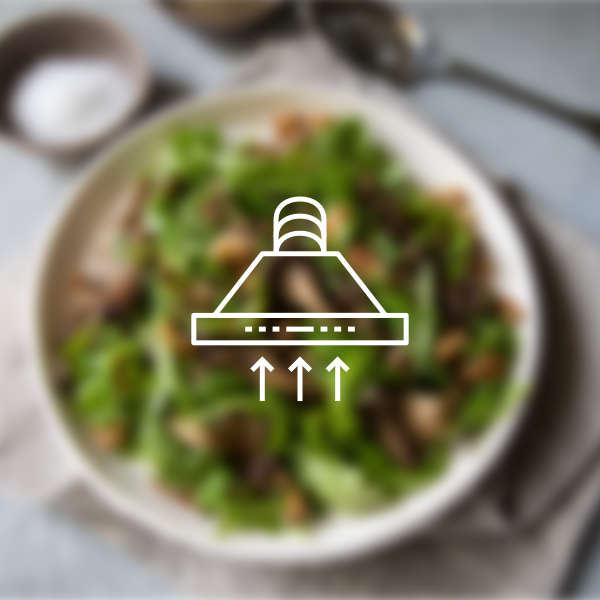
One chicken breast is turned into two individual chicken pot pies.

An old fashioned recipe that some here may recognize by other names.

Dumplings are one of the classic foods that Chinese people eat during the Chinese New Year, and there are hundreds of different fillings that are very flavorful; and now dumplings have become one of the most popular everyday foods.
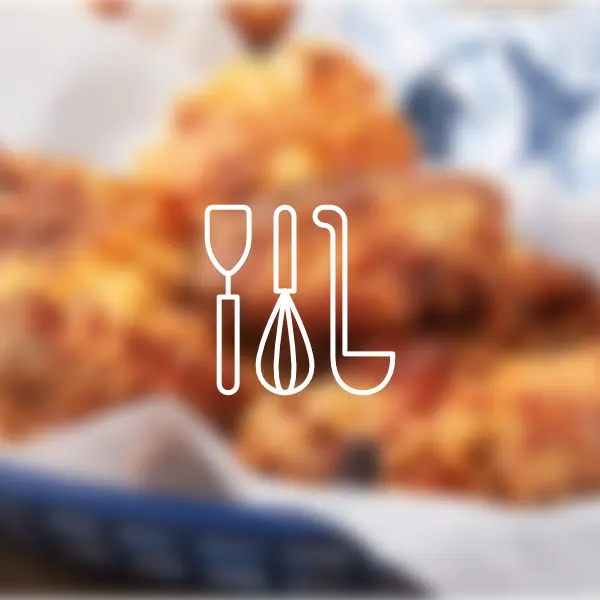
This modern meatloaf stays moist using mushrooms to beef up the moisture level.

Use this simple and easy way to grill eggplant, and the result is awesome!
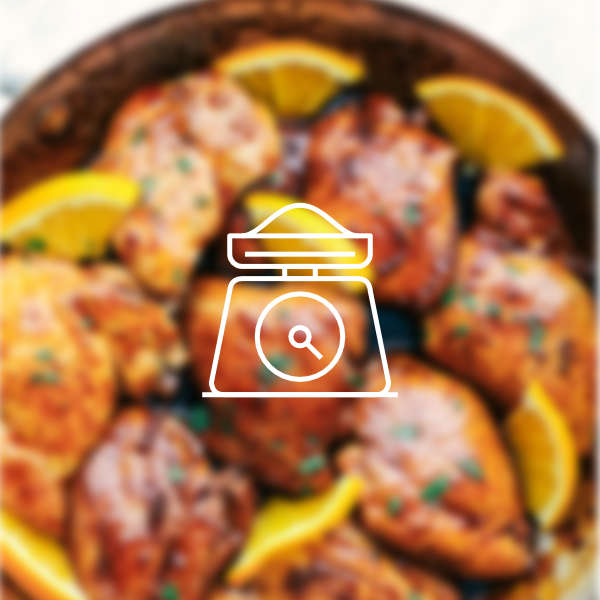
A tasty hotdish for a cold winter day
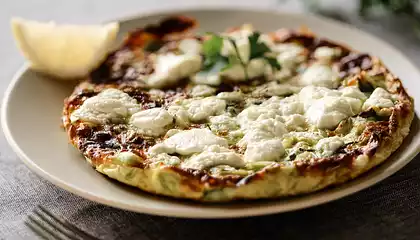
The perfect make-ahead breakfast, it keeps well in the fridge for 4-5 days. The subtle flavor of lemon works beautifully with both leeks and tangy goat cheese.
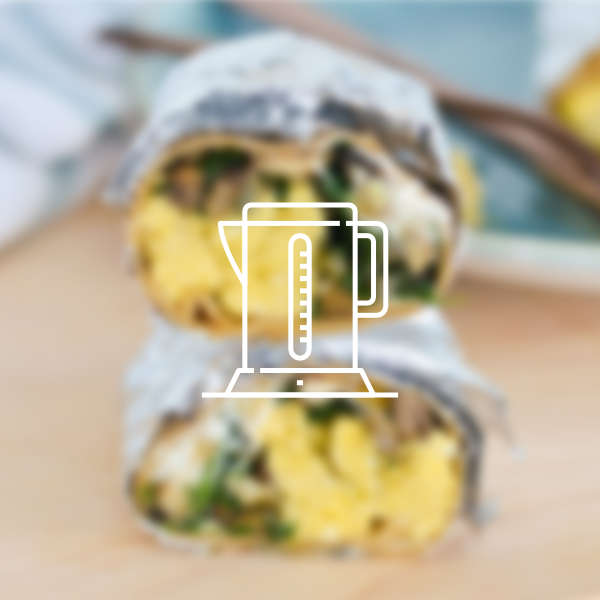
This is a very simple one-bowl meal, perfect for when you don’t have the time to spend cooking after work. You can easily double or triple the recipe and use the leftovers for lunch the next day.
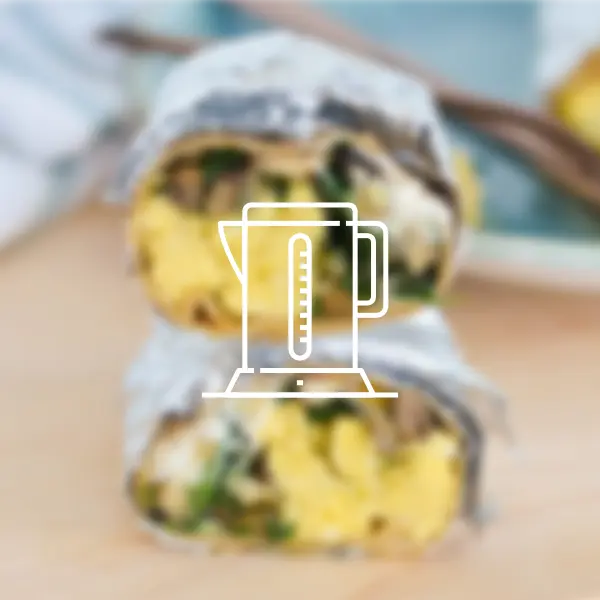
Tataki is a typical Japanese preparation in which beef (or fish) is seared on the outside, left very rare inside, thinly sliced and served with a citrusy soy sauce. This recipe delivers the citrus flavour from ponzu with a hint of heat from chilli and wasabi.

Choose wild salmon to reap the health benefits of this fatty fish. Wild salmon is easily identifiable as its flesh is bright red and contains very little fat (very thin white stripes in the flesh). Since wild salmon swim in the wild eating what nature intended them to eat, their nutritional profile is more complete. Farmed salmon, by comparison, are fed an unnatural diet of soy and corn (never found naturally growing in the ocean!) along with chicken and feather meal. This unnatural diet means that the nutritional content of farmed salmon is markedly different from the wild variety. In particular, its omega-3 fatty acid content is much lower. Farmed salmon also contain a lot more fat (since they can't swim around as freely) and are often carriers of toxic viruses.

